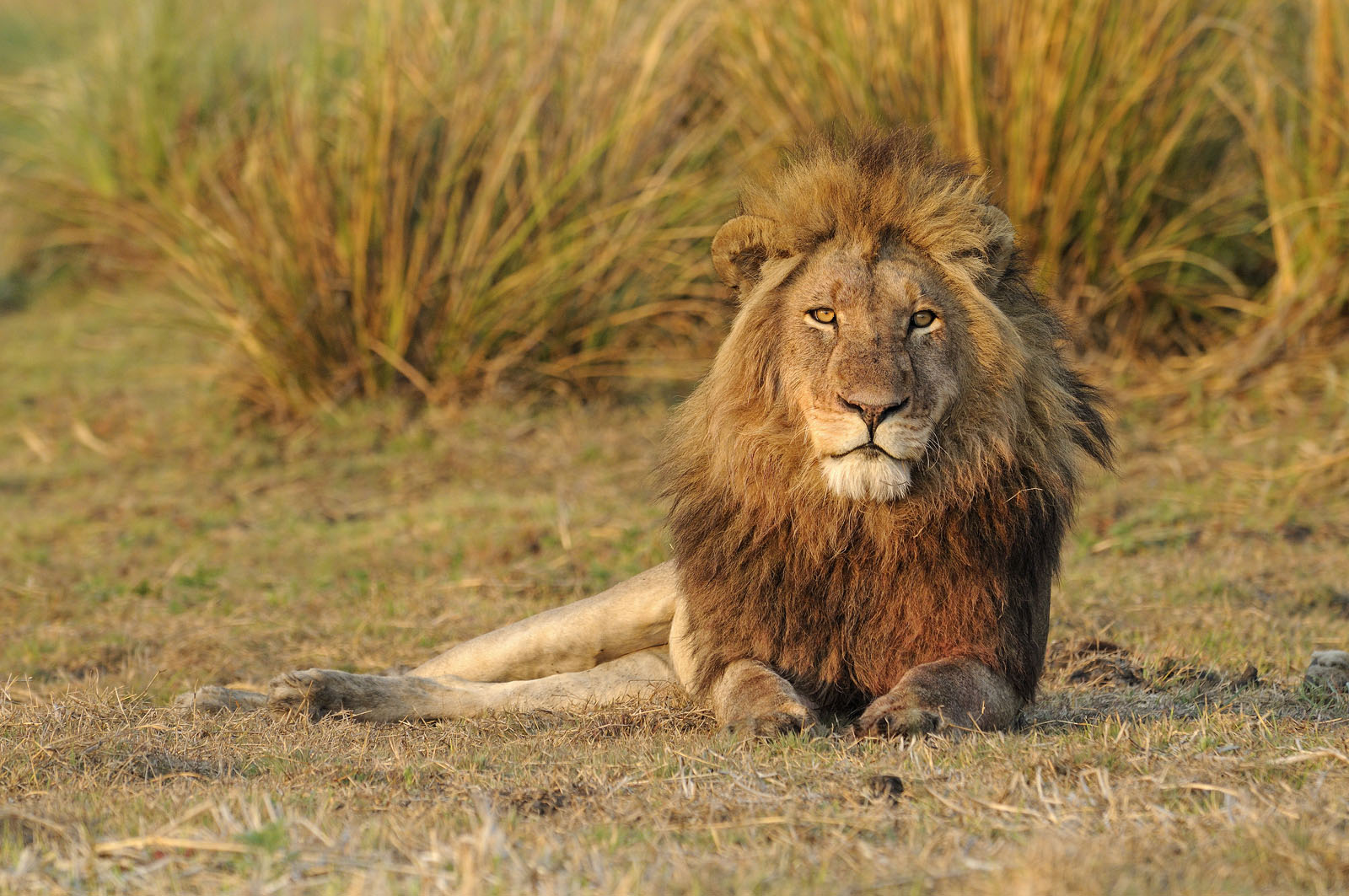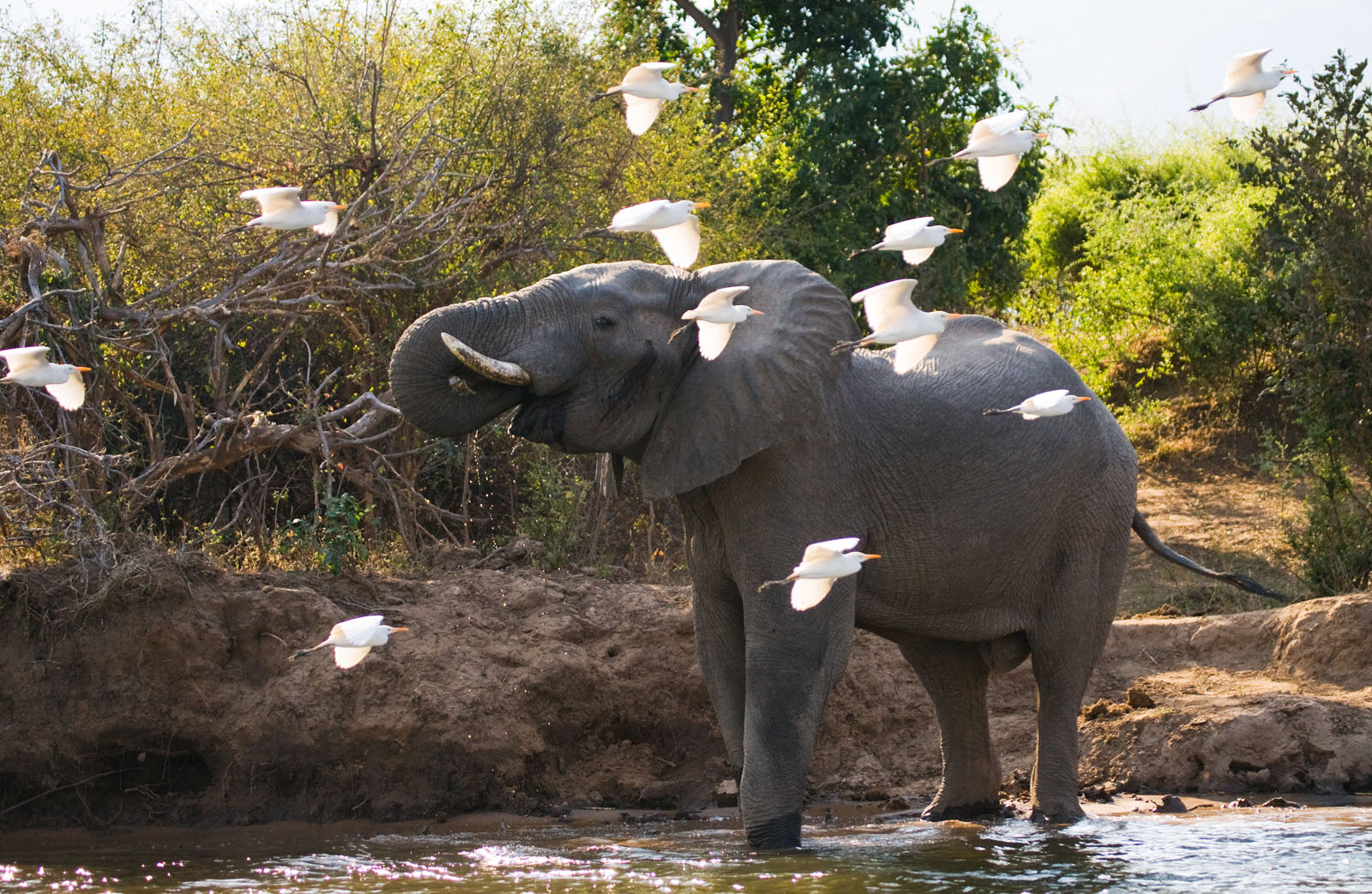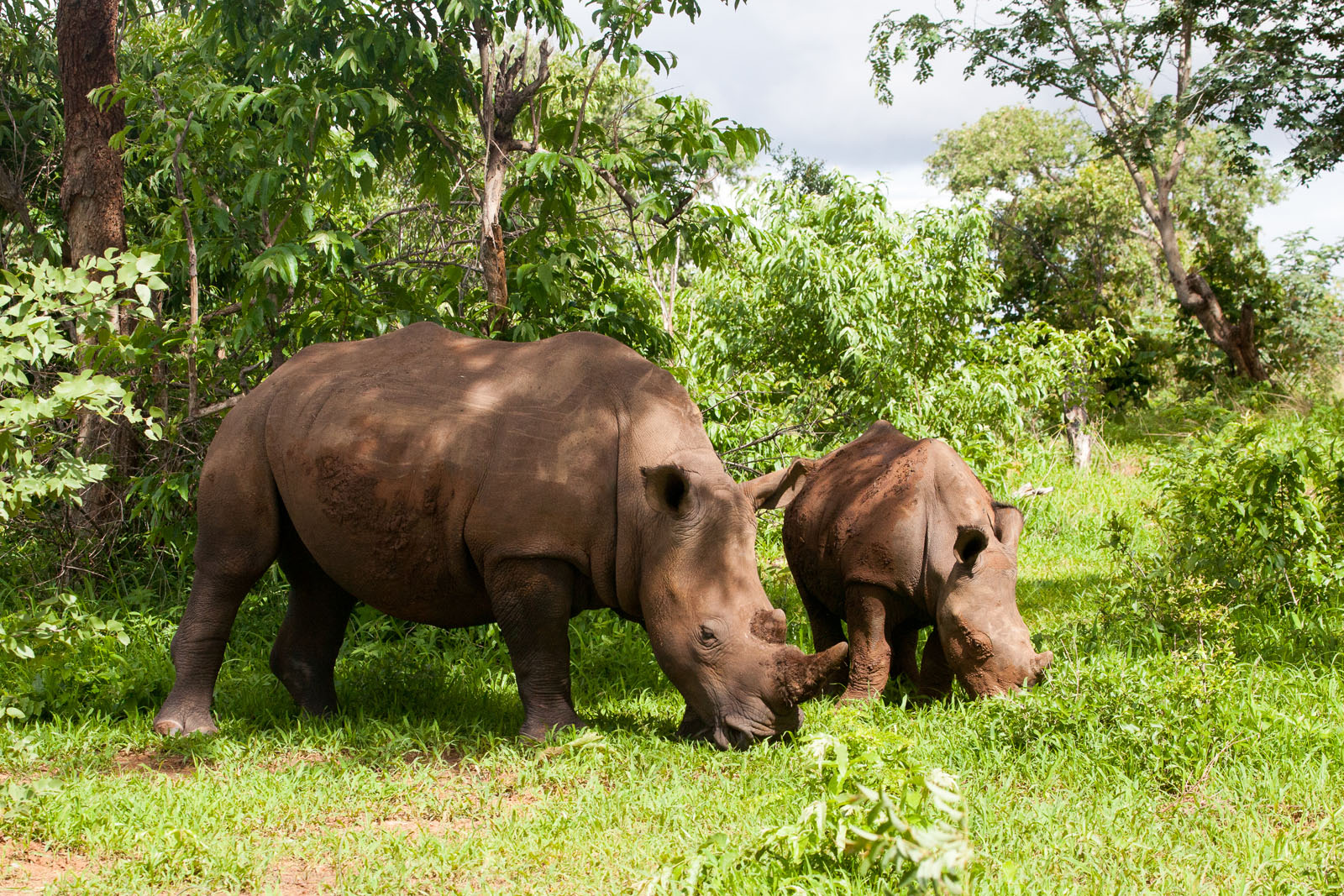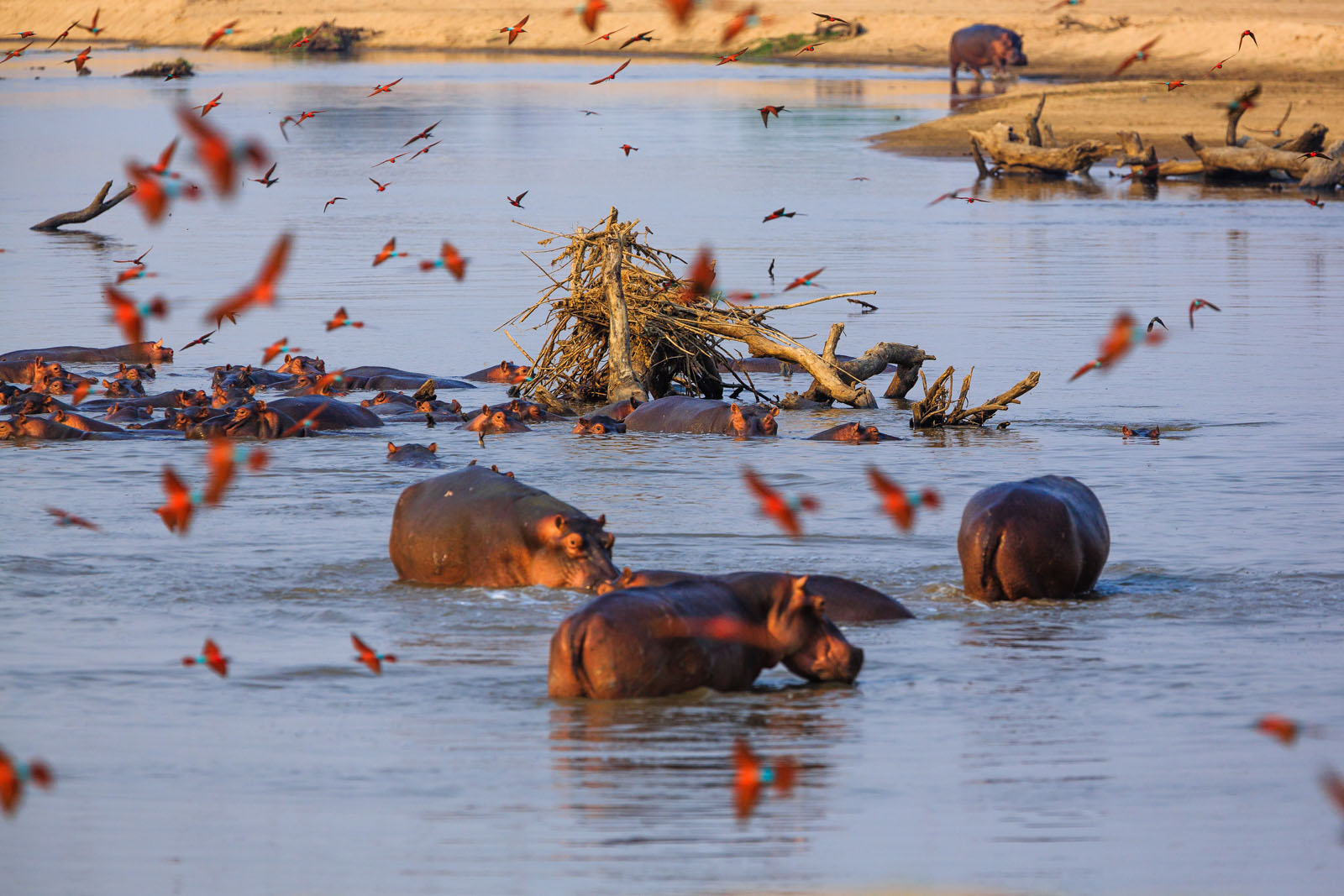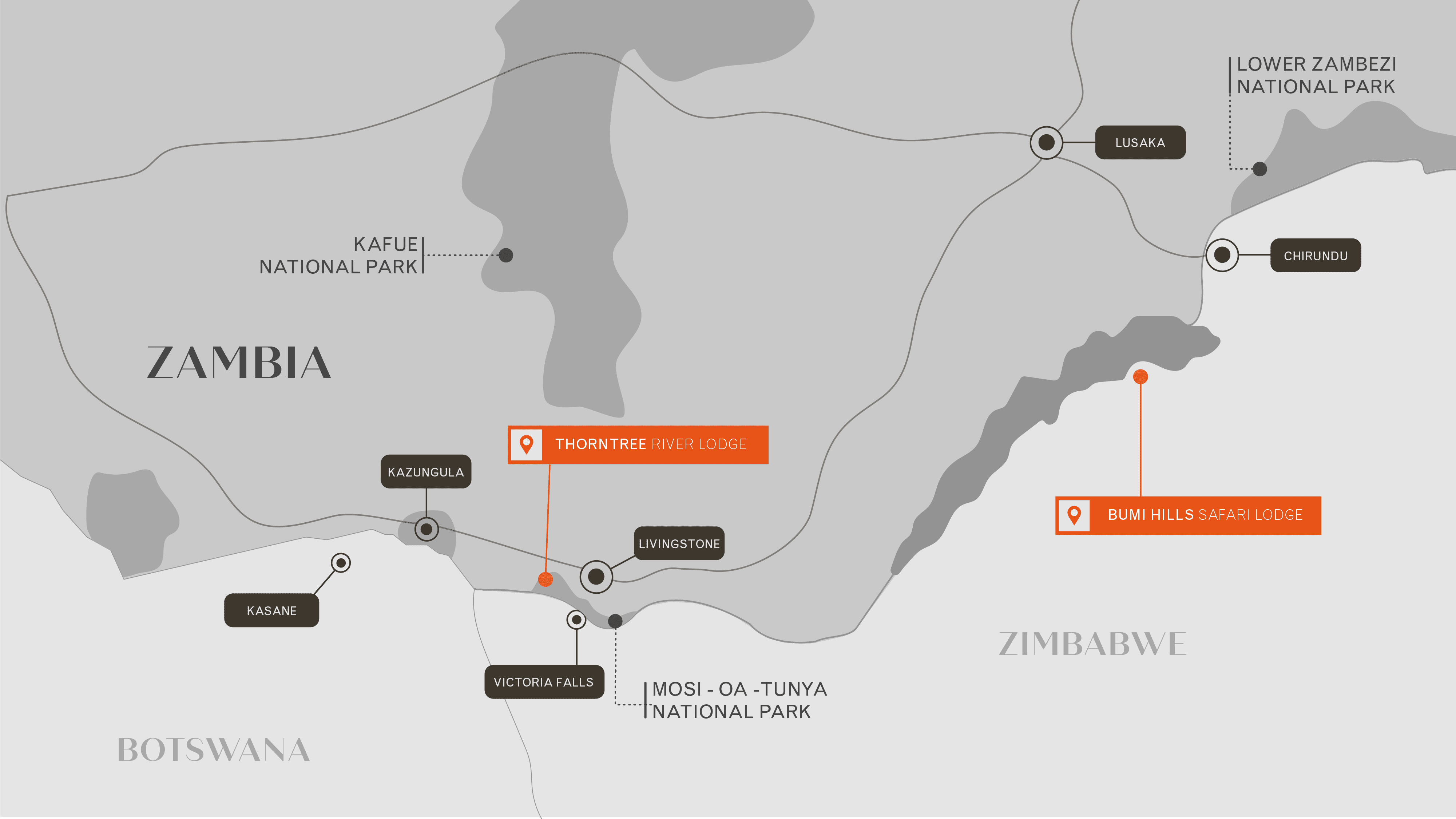January is the green season in Liuwa Plains. The frequent rains attract animals that migrate to the area during this time. With the heavy rains, the plains become inaccessible by road, however adventure seekers can still visit the area and partake in walking and canoeing safaris.
Plan your safari
February is the green season in Liuwa Plains. The frequent rains attract animals that migrate to the area during this time. With the heavy rains, the plains become inaccessible by road, however adventure seekers can still visit the area and partake in walking and canoeing safaris.
Plan your Safari
March is the green season in Liuwa Plains. The frequent rains attract animals that migrate to the area during this time. With the heavy rains, the plains become inaccessible by road, however adventure seekers can still visit the area and partake in walking and canoeing safaris.
Plan your Safari
As April approaches, the rains begin to peter out and the area transitions from green into the dry season. The plains are covered in shallow water, and the pans in the south of the park are full – ideal for the large herds of herbivores which gather there and flocks of birds which arrive. The plains may still be inaccessible by road after heavy rains, but adventure seekers can visit by restricting activities to walking and canoeing only.
Plan your Safari
May marks the start of the dry season in Liuwa Plains; rain showers are few and far between and the water starts to recede northwards. During this time herds of wildlife gradually move away from the southern side of the plain and migrate back north-west, eventually dispersing into the rich woodlands that surround the park. However, plenty of wildlife remains in the area, relying on the handful of pans which retain their water for the majority of the year. During the day temperatures are mild, around 28°C, but once the sun goes down temperatures can drop to lows of 8°C for more comfortable sleeping conditions.
Plan your Safari
As we move into June, the rains have stopped and as a result, the non-permanent pans have dried out. During this time herds of wildlife gradually move away from the southern side of the plain and migrate back north-west, eventually dispersing into the rich woodlands that surround the park. However, plenty of wildlife remains in the area, relying on the handful of pans which retain their water for the majority of the year. During the day temperatures are mild, around 28°C, but once the sun goes down temperatures can drop to lows of 8°C for more comfortable sleeping conditions.
Plan your Safari
Similar to June, July brings cooler daytime temperatures at around 28°C and coolers evenings. Herds of wildlife have moved away from the southern side of the plain and have migrated back north-west, before dispersing into the rich woodlands that surround the park. However, plenty of wildlife remains in the area, relying on the handful of pans which retain their water for the majority of the year. During the day temperatures are mild, around 28°C, but once the sun goes down temperatures can drop to lows of 8°C so remember to bring warmer clothes for morning and evening drives.
Plan your Safari
During August temperatures begin to warm up reaching an average of 35°C. Wildlife starts to drift southwards again. In August you will typically find herds of wildebeest that can reach a few hundred in numbers, venturing into the southern areas of the plain.
Plan your Safari
September is one of the driest months, with temperatures reaching an average of 35°C. During September herds of wildebeest – that can reach a few hundred in numbers – venture south. As the rains approach, the herds increase in number as they migrate across the plains.
Plan your Safari
In October temperatures climb to highs of 35°C+. October also sees the fall of the first rains after the dry season. This usually happens towards the end of the month and causes the temperature to start to drop and the bush begin to bloom in shades of emerald green.
Plan your Safari
November officially marks the beginning of the green season in Liuwa Plains. It is one of the best months to visit as the plains are still accessible by road and the wildlife in the area is plentiful. The onset of showers of rain brings a welcomed relief to the dry plains and is often accompanied by dramatic yet awe-inspiring thunderstorms. As such, the pans burst with life, especially with herds of blue wildebeest that arrive on their annual migration from Angola.
Plan your Safari
As we move into December, the rainfall transforms the plains into luscious vegetation, attracting a large number of grazers. December is a prime month for wildlife, however, as the season progresses road tracks begin to deteriorate, making game drives difficult. Nonetheless, adventure seekers can still visit by restricting activities to walking and canoeing only. Daytime temperatures average around 30°C.
Plan your Safari










